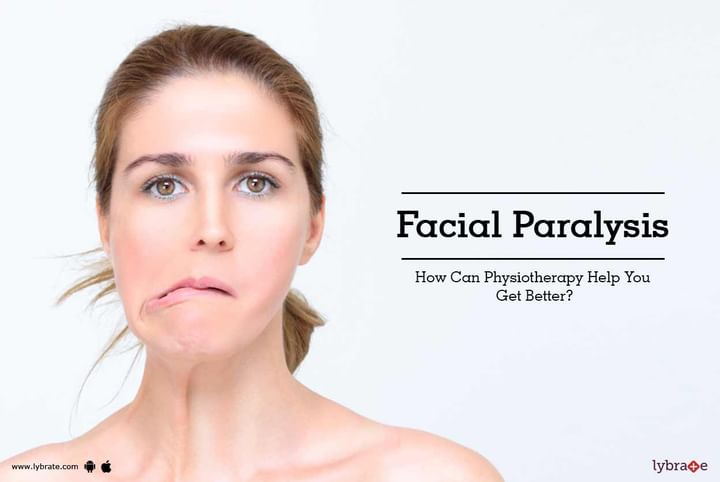Facial Paralysis - How Can Physiotherapy Help You Get Better?
Facial paralysis is a loss of facial movement because of nerve damage. Your facial muscles may seem to hang or may become distinctly weak. It can happen on one or both sides of the face. Usual reasons for facial paralysis include:
Facial paralysis can increase all of a sudden or happen slowly over a span of months (mostly if one has a head or neck tumor). Based upon the cause, the loss of movement may keep going for a short or a long period of time. However, physiotherapy can prove to be very beneficial. Here is how:
1. Electrical stimulation: A few specialists suggest utilizing electrical stimulation and biofeedback as technique for physiotherapy for facial paralysis, yet different specialists believe that it does help in recovery. Talk with your specialist or advisor about whether electrical stimulation is ideal for you. Electrical stimulation uses little amounts of electricity to relieve the muscles in your face. This causes your muscles to jerk as though electrical signals from your brain reacted to them. During this time, your face is most incapacitated, which might be the main cause for you to enact these facial muscles.
2. Manual massage: Face rub can be performed in conjunction with other treatment choices. It is possible to enhance mental relief. Massage methods on the face include:
- Effleurage
- Finger or thumb massage
- Tapping
- Stroking
3. Kabat rehabilitation: Kabat recovery is a sort of engine control restoration procedure. During Kabat, specialists increase the compression of the weakened muscle by applying a global stretch and then massaging the solid segment. They encourage movement by verbal info and manual contact. While performing Kabat, there are namely three phases - the upper (temple and eyes), intermediate (nose), and lower (mouth). Before Kabat, ice compression needs to be performed to the particular regions, with a specific end goal to build its contractile power.
4. Icing: Ice helps in decreasing the aggravation surrounding the facial nerve, which might be in charge of the loss of nerve movement or conduction leading to facial paralysis. You can either use an ice pack or any cold compressor.
5. Facial exercises: These include doing essential activities with the distinctive muscle surrounding your face. In case you consult a specialist or physical advisor for your facial paralysis, he or she will suggest particular exercises for your level and stage of paralysis. If not, have a go at flexing the different muscles in your face through and through. Frown, raise your eyebrows, gradually flicker your eyes, and proceed down to your jaw. In case you have a concern or query you can always consult an expert & get answers to your questions!



+1.svg)
